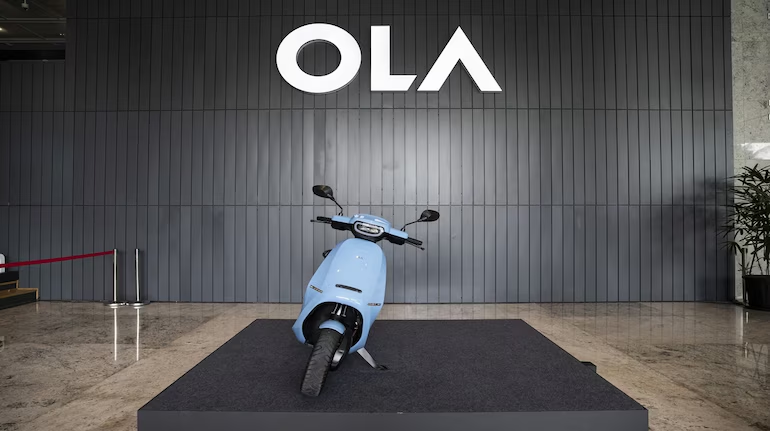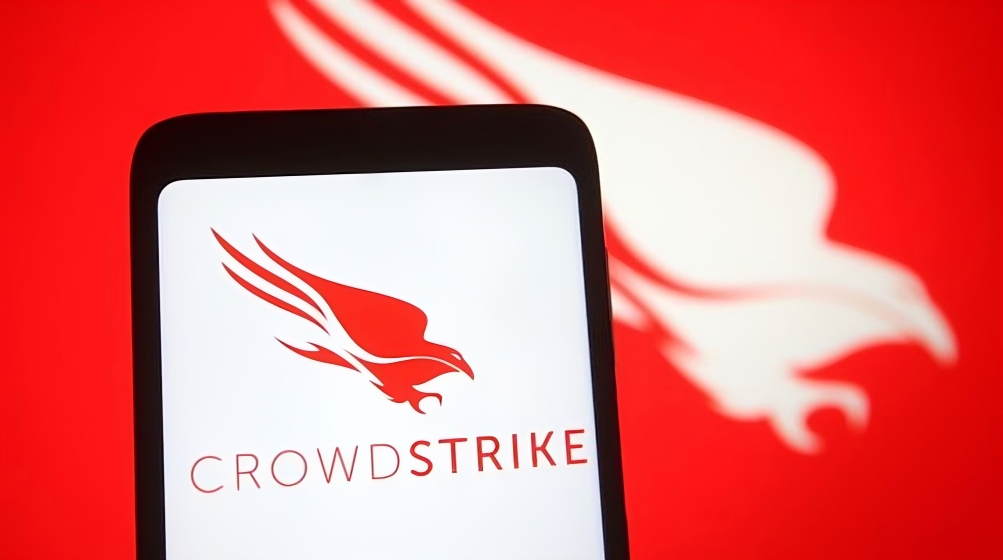On Friday, Ola Electric, India’s leading electric two-wheeler manufacturer, experienced a 20% increase on its public debut, marking the most extensive listing by an Indian company in two years
After commencing trading at ₹76, the Bengaluru-based firm’s shares, backed by SoftBank and Temasek, surged to ₹91.20 (approximately $1.1), at the upper end of its $733 million IPO price range.
The company filed to go public at a valuation 26% lower than the $5.4 billion it attained in a funding round in October 2023 and significantly below the $6.5 billion to $8 billion range it had initially targeted for the IPO during the financing round.
The stock closed the day at ₹91.2, giving Ola Electric a market capitalization of $4.8 billion after reaching the upper circuits on the local exchanges.
Ola Electric has become the leading participant in the electric two-wheeler market in India, with a 46% market share. In December 2021, Ola introduced its inaugural electric scooter and sold over 330,000 units during the fiscal year ending March 2024.
However, profitability has yet to be achieved by the corporate entity. In its most recent fiscal year, it disclosed a net loss of ₹16 billion (approximately $200.5 million) and an EBITDA loss of ₹13 billion (roughly $162.8 million) on an annual revenue of ₹50 billion (approximately $626.3 million).
The company has invested in vertical integration to enhance its control over quality, supply, and costs. It has undertaken initiatives to develop its battery cell technology and establish manufacturing capabilities. It intends to increase its capacity to 20 GWh by the second quarter of 2026.
The electric vehicle market in India is on the brink of significant expansion. Macquarie, an investment banking and research firm, anticipates that electric two-wheelers will progressively increase their market share in the country.
They anticipate market penetration rates of 7%, 10%, 13%, and 16% for the fiscal years 2025, 2026, 2027, and 2028, respectively.
Ola Electric’s forecast for electric two-wheelers is significantly more optimistic than that. The company anticipates that the category will achieve a market share of 41%-56% by the end of fiscal year 2028 in its IPO prospectus.
Recent reductions in government subsidies for electric two-wheelers have affected the sector’s development trajectory. However, the Indian electric vehicle market has experienced some consolidation.
The Herfindahl-Hirschman Index (HHI), a market concentration metric, has increased from 1,200-1,330 in the fiscal years 2022-2023 to 2,810 as of June 2024. This exceeds the 2,160 figure for conventional two-wheelers that operate on internal combustion engines.



